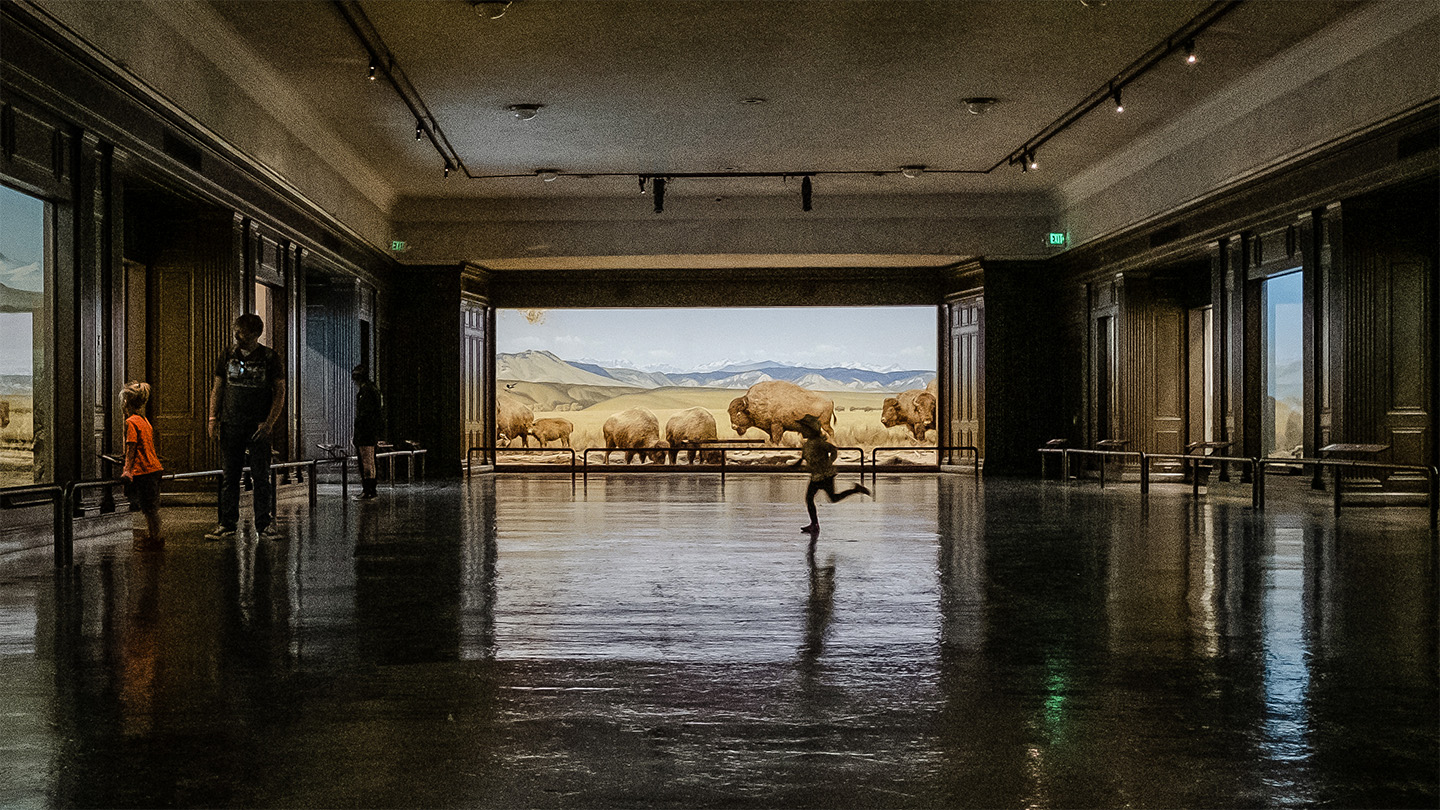Dusty Displays or Living History? The Surprising Survival of Science Dioramas in Modern Museums

Science museums are taking a critical look at their historical dioramas, recognizing these vintage displays as more than just educational exhibits. These carefully crafted scenes, once celebrated for their scientific storytelling, now serve as powerful windows into the cultural biases and perspectives of past eras.
Curators and exhibit designers are approaching these historical displays with a nuanced strategy. Some dioramas are being carefully annotated to provide context about the cultural assumptions embedded in their design. Others are being thoughtfully reimagined to present a more inclusive and accurate representation of scientific understanding. In some cases, exhibits that are deemed particularly problematic are being carefully preserved but removed from public display.
These efforts reflect a growing commitment in the museum world to transparency and critical reflection. By examining these historical displays, museums are not just preserving scientific artifacts, but also telling a more complex story about how scientific knowledge is shaped by social and cultural perspectives. Visitors are invited to understand these exhibits not just as scientific representations, but as cultural documents that reveal the evolving nature of human understanding.
The reinterpretation of these dioramas represents a sophisticated approach to museum curation, balancing historical preservation with contemporary insights and a commitment to more inclusive storytelling.

